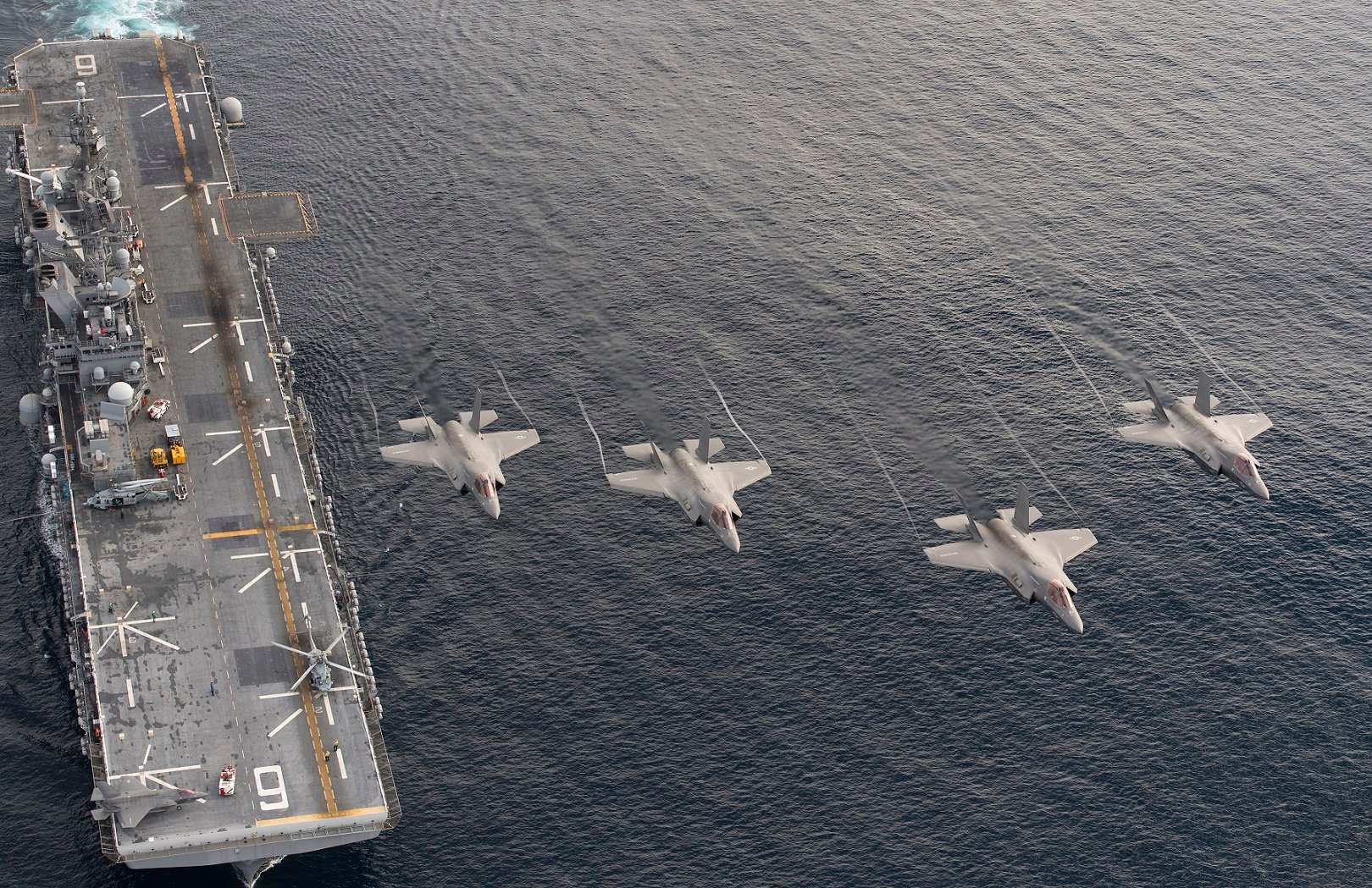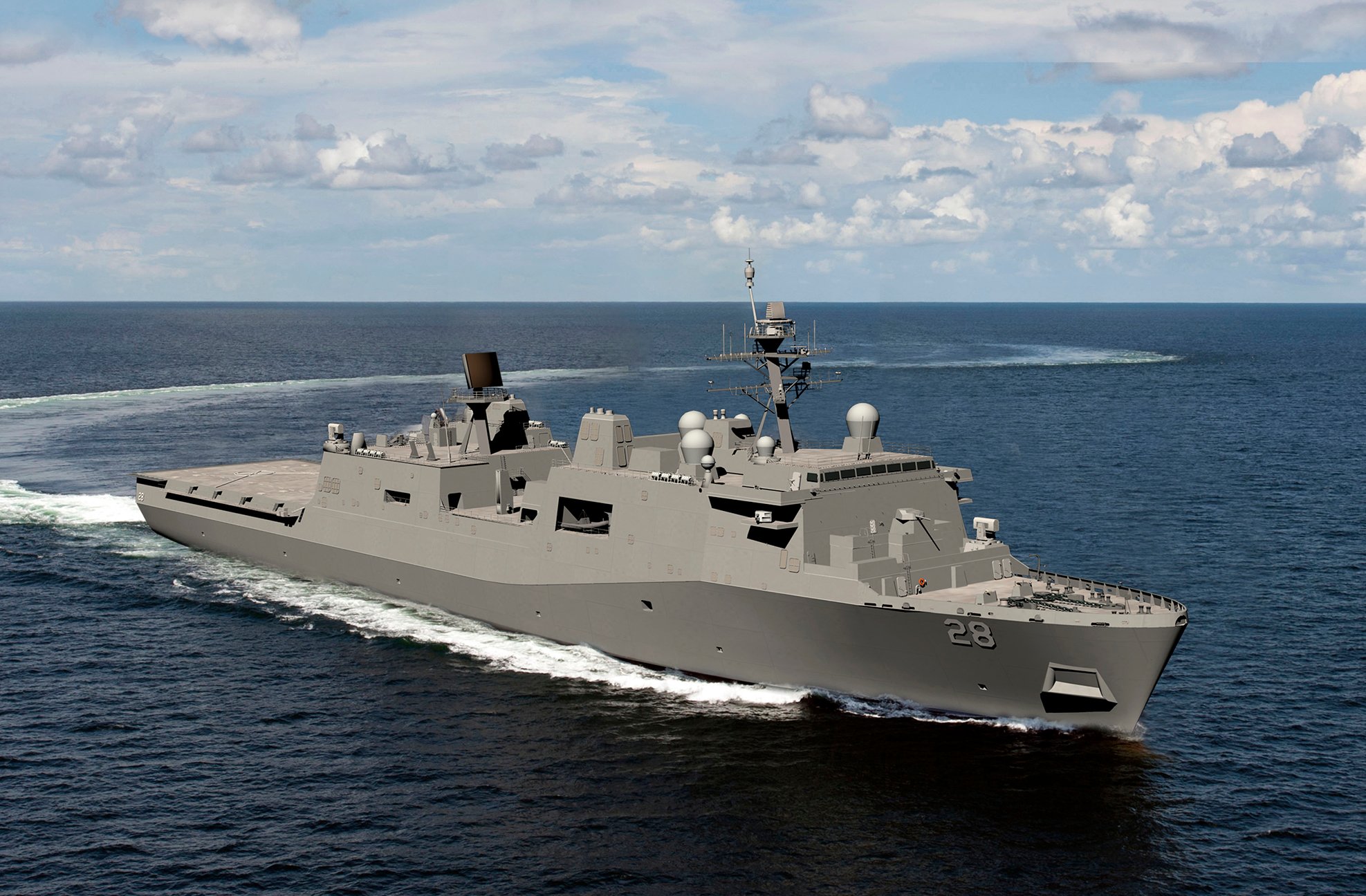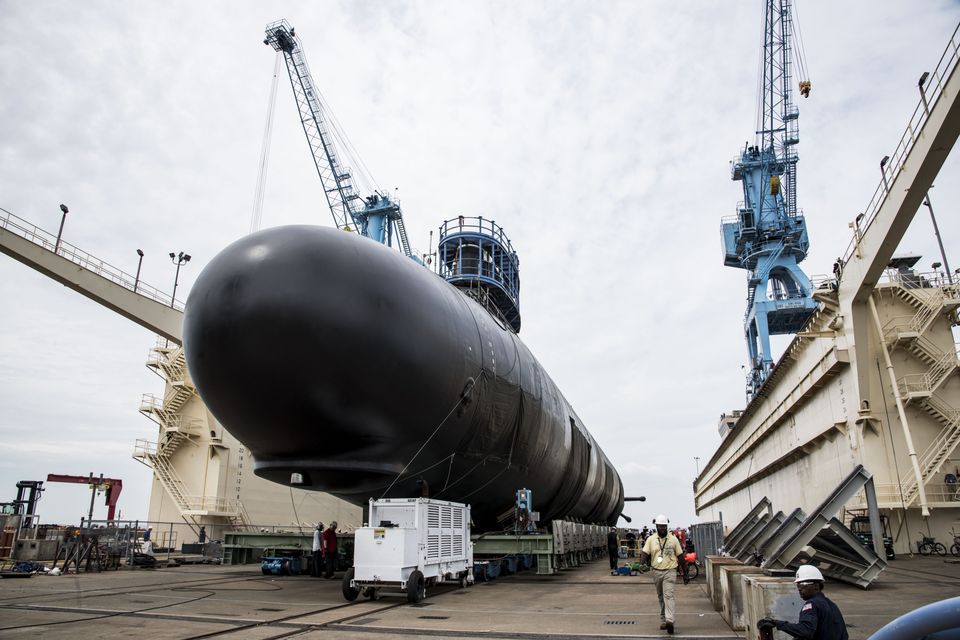Senate Armed Services Bill Directs Navy to Start a Preliminary Design Effort for a Light Carrier, Pluses Up Shipbuilding Totals Over Trump Budget
The Senate Armed Services Committee version of the Fiscal Year 2018 National Defense Authorization Act piles on more ships and aircraft over the Pentagon’s request in a plan that spends more than $20 billion above the Trump administration’s request, according to an executive summary of the legislation that the SASC issued on Wednesday night.
“By supporting $640 billion for defense, this legislation begins to address the readiness shortfall, crisis in modernization, and eroding military advantage by recapitalizing and reinvesting in our forces. This year’s legislation also builds upon the sweeping reforms that Congress has passed in recent years,” committee chairman Sen. John McCain (R-Ariz.) said in a statement.
“By continuing important efforts to reorganize the Department of Defense, spur innovation in defense technology, and improve defense acquisition and business operations, the NDAA seeks to strengthen accountability and streamline the process of getting our warfighters the equipment, training, and resources they need to succeed.”
Specifically for the Navy, the SASC is adding $5 billion to the shipbuilding and conversion fund, bringing it to $25 billon. Included is language for the Navy to buy 13 ships in FY 2018, or funds for five more ships than the Pentagon’s budget submission. Included is a third Arleigh Burke-class guided-missile destroyer for a total of $5.5 billion, and $3.1 billion for advance procurement of Virginia-class attack submarines (SSN-774).
Both totals, in line with House proposals, include money set aside for “economic order quantities” that would help shipyards by long-lead materials that support a multi-year procurement deal for the destroyers and the attack boats.
An artist’s concept of the 12th San Antonio-class (LPD-17) amphibious warship Fort Lauderdale. HII Image
The SASC bill
also calls for $1 billion for an additional amphibious warship in the FY 2018 budget – either the first next-generation LX(R) amphibious dock landing ship replacement or the 14th San Antonio-class amphibious transport dock (LPD-17). The mark also included $661 million for a new Expeditionary Sea Base; $250 million for a T-ARC cable ship; and $509 million for eight Ship to Shore Connectors, five more than the administration asked for.
Absent from the executive summary provided to the public on Wednesday is any mention of the Littoral Combat Ship ship construction. USNI News understands the SASC bill will align with the original presidential budget submission that just asked for one hull in the Fiscal Year 2018 shipbuilding plan, though the administration requested a second ship the day after submitting its budget request to Congress. The bill called for removing $94 million from LCS and the mission module procurement line.
A P-8A Poseidon aircraft assigned to Patrol Squadron (VP) 45 is parked on the flight line of Naval Air Station Keflavik, Iceland. US Navy Photo
In aviation, the bill almost doubled the Pentagon’s request for F/A-18E/F Super Hornets fighters to 24 for $1.9 billion. The SASC calls for $2.3 billion for 13 P-8A Poseidon maritime surveillance aircraft. The bill also calls for $2.9 billion to buy 24 F-35B Lighting II Joint Strike Fighters for the Marine Corps and $1.4 billion for ten F-35C Navy variants.
Among one of the largest departures for the SASC, their bill sets aside $30 million for the Navy for a preliminary design effort to create a light carrier for the service.
McCain has been a constant and consistent critic of the Ford-class carrier program and for years has called for an alternative look to the $13-billion price tag for the next-generation hulls. Included in the series of studies the committee asks the Navy to undertake is the question of light carriers’ ability to distribute aviation assets throughout a battlespace.
The most likely scenario would be a modified version of the America-class big-deck amphib that would add two catapults to launch aircraft, similar to World War II-era straight-deck escort carriers. The idea would be to give deployed amphibious ready groups greater ability to field a wider variety of logistics and intelligence, surveillance and reconnaissance (ISR) aircraft that would give the groups a better ability to project power, Bryan Clark, author of the Center for Strategic and Budgetary Analysis (CSBA) fleet study, told USNI News earlier this year. The Navy has said it has been looking at alternatives to the larger 100,000-ton carriers but a serious public study has not emerged.
While the SASC mark added more ships and aircraft, it also trimmed from other programs. The language wants the Navy to hold the third Gerald R. Ford-class aircraft carrier – Enterprise (CVN-80) – at a cost cap of $12 billion, claws back $100 million in funding from the three-ship Zumwalt-class (DDG-1000), and cuts $225 million in funding for the Arleigh Burke-class (DDG-51) line, which USNI News understands was tied to FY 2016 funding for the first Flight III destroyer that has yet to be spent.
Back to Top




